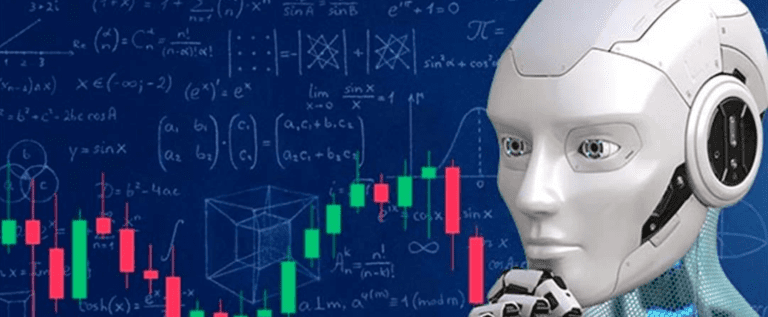- Forex trading, the world's largest financial market, has evolved dramatically over the years. With technological advancements, algorithmic trading has emerged as a revolutionary force, reshaping how traders interact with the market. Let's delve into the intricacies of algorithmic trading, its evolution, the role of algorithms in market analysis, high-frequency trading, and the regulatory landscape.
Evolution of Algorithmic Trading
- Algorithmic trading, often referred to as algo trading, uses computer algorithms to execute trades at high speeds and volumes. This approach started gaining traction in the 1970s with the advent of electronic trading platforms. Initially, algorithms were simple, executing trades based on predefined criteria. However, advancements in computing power and the proliferation of big data have transformed algo trading into a sophisticated and essential tool in the forex market.
- Today, algorithms can process vast amounts of data in real-time, identify trading opportunities, and execute trades within milliseconds. This evolution has democratized access to sophisticated trading strategies, allowing individual traders and small firms to compete with large institutions.
How Algorithms Analyze Market Data
- At the core of algorithmic trading is the ability to analyze market data efficiently. Algorithms utilize various data types, including price movements, trading volumes, and economic indicators, to identify patterns and predict future price actions. Machine learning and artificial intelligence (AI) have further enhanced this analytical capability.
- Machine learning algorithms can learn from historical data, identify complex patterns, and adapt to changing market conditions. Natural language processing (NLP) allows algorithms to analyze news articles, social media sentiment, and other textual data sources, providing a holistic view of the market. By integrating these data points, algorithms can make informed decisions, often outperforming human traders.
High-Frequency Trading Explained
- High-frequency trading (HFT) is a subset of algorithmic trading that focuses on executing a large number of orders at extremely high speeds. HFT strategies typically rely on sophisticated algorithms and state-of-the-art technology to gain a competitive edge.
- HFT firms use co-location services to place their servers close to exchange servers, reducing latency and enabling faster trade execution. These firms capitalize on small price discrepancies, often holding positions for mere seconds. While the profit per trade is small, the high volume of trades can lead to substantial overall gains.
- HFT has its critics, who argue that it can create market volatility and provide an unfair advantage to firms with superior technology. However, proponents claim that HFT adds liquidity to the market and helps narrow bid-ask spreads, benefiting all market participants.
Regulatory Considerations for Algo Trading
- The rapid growth of algorithmic trading has caught the attention of regulators worldwide. Ensuring market stability, fairness, and transparency has become a top priority.
- Regulators have implemented various measures to address potential risks associated with algo trading. These include requirements for algorithm testing, risk management protocols, and limits on trading speeds. For instance, the European Securities and Markets Authority (ESMA) has introduced the Markets in Financial Instruments Directive II (MiFID II), which mandates comprehensive reporting and monitoring of algorithmic trading activities.
- In the United States, the Securities and Exchange Commission (SEC) and the Commodity Futures Trading Commission (CFTC) have also tightened their oversight. They require firms to register as automated trading systems and adhere to stringent risk controls.
Key Takeaways
- Algorithmic trading has transformed forex markets, offering speed, efficiency, and the ability to process vast amounts of data.
- The evolution of algo trading from simple rule-based systems to sophisticated AI-driven strategies has democratized access to advanced trading techniques.
- Algorithms analyze market data using machine learning and NLP, providing a comprehensive market view and making informed trading decisions.
- High-frequency trading (HFT) leverages cutting-edge technology to execute trades at lightning speeds, capitalizing on minute price differences.
- Regulatory frameworks are evolving to address the risks associated with algorithmic trading, ensuring market stability and fairness.
×

